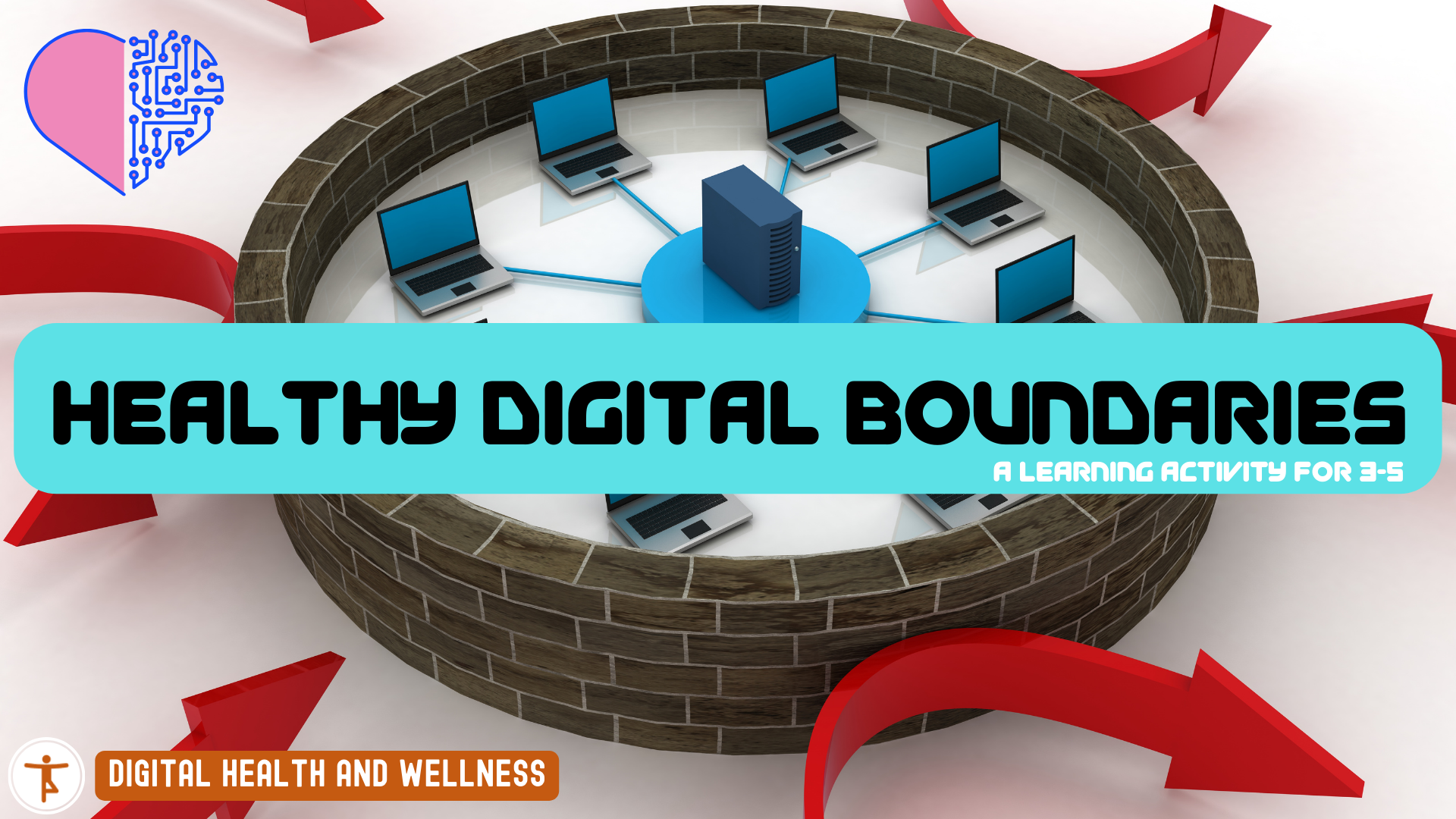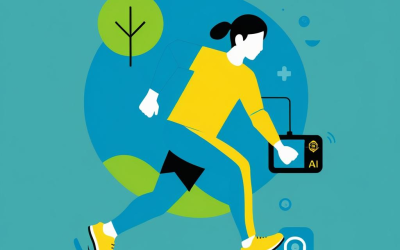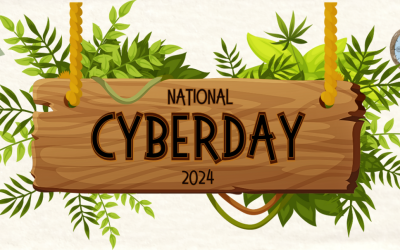Overview
In this activity, through discussion, hands-on activities and fractions, learners will be able to identify healthy digital boundaries to support their physical, emotional, and mental well-being.
NB Curricular Connections
English Language Arts
Strand: Reading – Big Idea: Reading Comprehension – Skill Descriptor: Connect and respond personally and critically to text.
Mathematics
- Strand: Number – Big Idea: Number Sense – Skill Descriptor: Describe fractions.
Personal Wellness
- Strand: Wellness – Big Idea: Healthy Lifestyle
What You’ll Need
- Book – Hello! Hello! (by: Matthew Cordell – available on Sora)
- Streamer (1-2 rolls)
- 1 piece of recycled paper per student
- Chart paper
- Marker for chart paper
- Healthy Digital Boundaries for Me (see attached PDF – 1 printable per student)
Instructions
- DISCUSSION: Gather learners in a common area. Discuss: How many of us enjoy using technology? What is your favorite game, device, show, etc.? Allow students to share their responses.
- MOVING ISLAND CHALLENGE: Put students into small groups of 5-6 students. Each student will fold up their piece of recycled paper several times to represent their favorite technological device (phone, tablet, laptop, etc.). Line up groups on one side of the classroom. Have each group create a circle as they will be moving as one “island”. Then, tape one strip of streamer around them all. The objective: Groups will be moving from one side of the classroom to the other to “re-charge” their devices without TEARING the streamer. The challenge: Learners must look at their “device” (recycled paper) ONLY. Countdown from 5-1 and them, “GO!”Re-do the challenge but this time allow the learners to not look at their devices. Discuss: Did this change the outcome? Have you ever tried to do multiple things when using a device? What happened? Do you clearly remember what people say to you? Are you distinctly aware of what is going on around you?
- READ ALOUD – hello! hello!: Read the story once through. After reading, discuss: How does this story remind you of our Moving Island Challenge? Does this story remind you of a time in your own life or of an experience with screens? Take the time to go back and review the illustrations and have students retell the story in their own words (particularly colour vs. black & white).
- WARNING SIGNS ACTIVITY: Emphasize: Technology is amazing – we can create and have so much fun with it! But too much technology may cause us to not feel our best. Using chart paper, draw an outline of a person and ask for volunteers to draw/print warning signs of their body that they experience when they have had too much screen. Refer to the book, if needed (headaches, dizzy, tired, feeling blah, etc.). Ask: How much screen time is recommended for children ages 8-11? Gather estimations from learners. Share with them this statistic:
|
The Canadian Pediatric Society recommends:
|
| For children under two years old screen time is not recommended.
|
| For children two to five years old limit screen time to less than one hour a day.
|
| For children older than five limit screen time to less than two hours a day.
|
- HEALTHY DIGITAL BOUNDARIES FOR ME: Review fractions with the whole group by drawing a few exemplars on the whiteboard before reading over the printable, Healthy Digital Boundaries for ME below. Review the terms: part and whole.Give each learner their own printable and look at the fraction circle that represents 24 hours found within a day. Encourage learners to share how they typically spend their day. (Include: sleep, time with friends and family, school, physical activity, hobbies, etc.) Have learners reflect on their typical screen time each day and if they have any of the warning signs shared earlier. Discuss: Will this mean a change is needed in the number of hours that some of us spend with our technology? Have learners fill out their time fraction as a goal for how they want to best spend each day. Have them also write out or draw their own warning signs – as a pledge to take time away from technology if they experience one of these signs. If learners feel comfortable, have a few of them share their goals with the whole group.
- WRAP-UP: Discuss: What careers use technology greatly in their day-to-day activities? If I must use it more in my career, what different boundaries might I put in place? How will setting healthy digital boundaries NOW help me with my future career path? Even the creators of technological devices set boundaries with what they have created for themselves and for their families. Check out these quotes: Discuss: Does this change our perspective?
Reflection Activity
Please see the attached PDF for several choices on how you and your learners can reflect upon today’s activity.
Acknowledgements
- Screen Time: Overview. SickKids & About Kids Health – https://www.aboutkidshealth.ca/Article?contentid=643&language=English, 2020.
- Fraction Exemplars: FreePix Company. https://www.freepik.com/free-photos-vectors/fractions-clip-art, 2010.
- Fraser Health Authority. Canadian Pediatric Society: https://www.fraserhealth.ca/health-topics-a-to-z/children-and-youth/physical-activity-for-children/screen-time-for-children , 2023.
- 24 Fraction Circle. Nussbaum Education Network,LLC: https://mrnussbaum.com/fractions-and-the-number-24, 2023.
- Silicon Valley Billionaries Say No To Screen-Time for Kids. Daddy’s Digest: https://daddysdigest.com/silicon-valley-billionaires-say-no-to-screen-time-for-kids/, 2022.
Digital Literacy Framework






